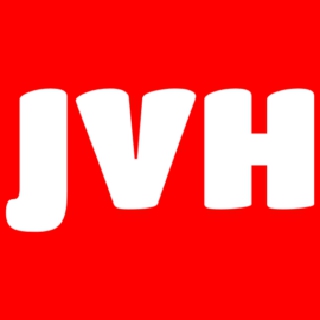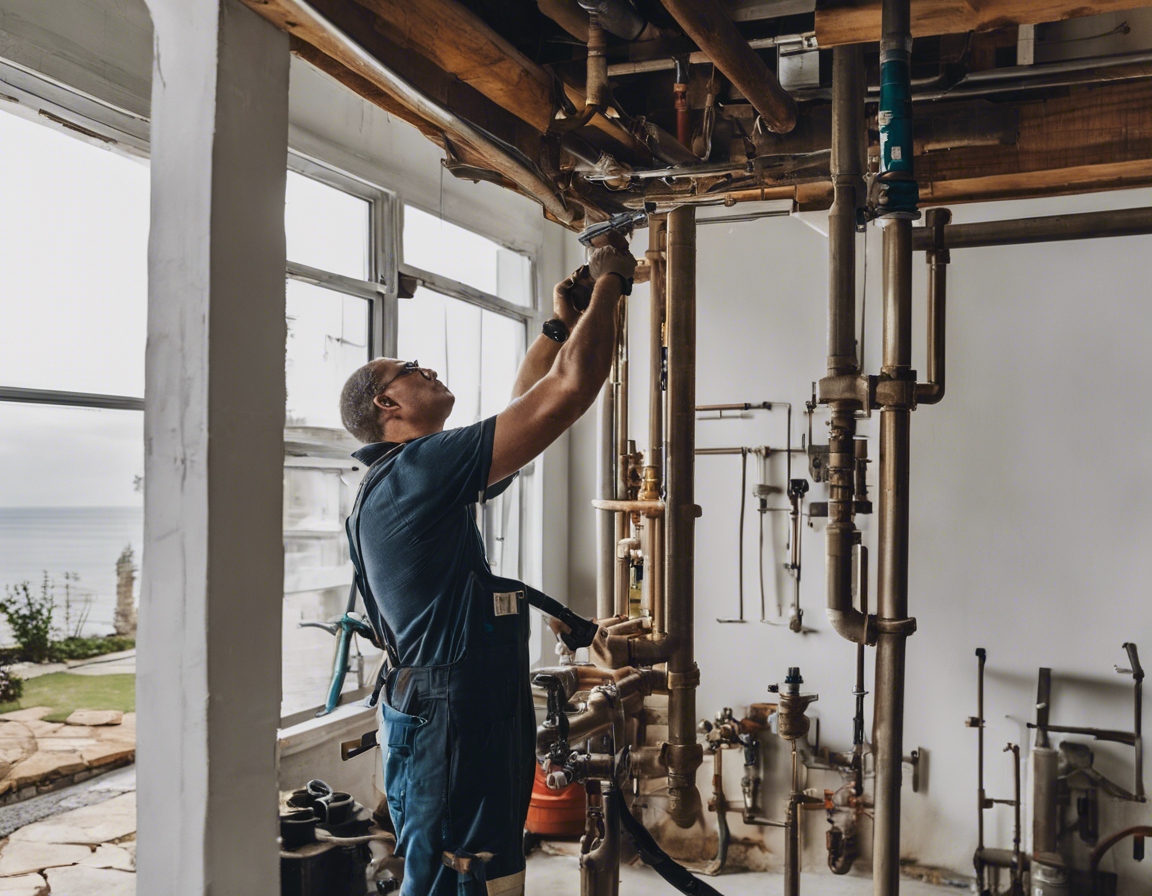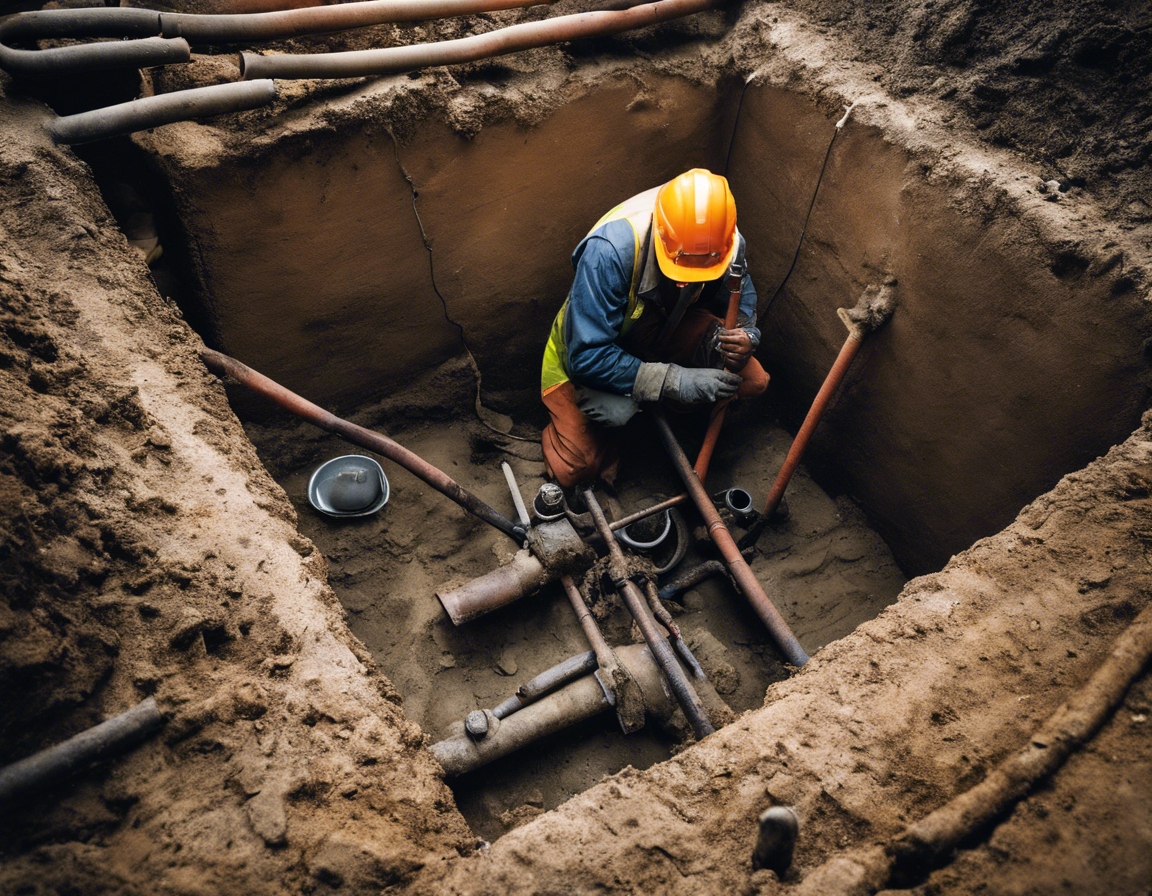Maintaining your heat supply lines: best practices
Maintaining heat supply lines is crucial for ensuring the efficient and safe operation of heating systems. Regular maintenance helps to prevent unexpected breakdowns, prolongs the lifespan of the system, and ensures that it operates at peak efficiency.
Neglecting heat supply line maintenance can lead to system failures, increased energy consumption, and even hazardous situations. It is essential to understand the risks associated with poor maintenance to avoid costly repairs and downtime.
Understanding Your Heat Supply System
Heat supply lines consist of various components such as boilers, pipes, radiators, and control systems. Each part plays a vital role in the overall functionality of the heating system.
There are several types of heat supply systems, including central heating, district heating, and localized heating solutions. Knowing the specifics of your system is key to effective maintenance.
Best Practices for Heat Supply Line Maintenance
Conducting regular inspections and monitoring system performance are fundamental to maintaining heat supply lines. This includes checking for signs of wear and tear, monitoring temperature and pressure levels, and ensuring that all components are functioning correctly.
Keeping heat supply lines clean and free of debris is essential for maintaining optimal flow and preventing blockages. This may involve flushing the system, cleaning filters, and removing any buildup within the pipes.
Leaks in heat supply lines can lead to significant energy loss and damage to property. Early detection and repair of leaks are crucial for maintaining system integrity.
Corrosion can severely damage heat supply lines over time. Implementing corrosion prevention measures, such as using appropriate materials and protective coatings, is vital for the longevity of the system.
Proper insulation of heat supply lines helps to reduce heat loss, improve energy efficiency, and lower operating costs. It is important to regularly check and maintain insulation materials.
While some maintenance tasks can be performed in-house, it is often beneficial to enlist the services of professionals for more complex repairs and maintenance. This ensures that the work is carried out to the highest standards and complies with all relevant regulations.
Advanced Maintenance Techniques
Thermal imaging is a non-invasive technique used to identify hot spots and potential issues within heat supply lines. It allows for early detection of problems that may not be visible to the naked eye.
Pressure testing is a method used to ensure the integrity of heat supply lines. It involves pressurizing the system to check for leaks and weaknesses.
Automated monitoring systems can provide real-time data on the performance of heat supply lines. These systems can alert maintenance personnel to issues as they arise, allowing for prompt action.
Legal and Safety Considerations
It is essential to ensure that heat supply line maintenance practices comply with all relevant local and EU regulations. This includes adhering to safety standards and environmental guidelines.
Maintaining heat supply lines is not only about preserving system efficiency but also about ensuring the safety of workers and the public. Proper maintenance practices help to prevent accidents and injuries associated with heating systems.
Partnering with Experts
When it comes to maintaining heat supply lines, partnering with a reputable service provider like J.V.H.PRODUCTION OÜ can make all the difference. Their expertise in assembly and repair services for energy-related equipment ensures that your heating systems are in capable hands.
Establishing a long-term partnership with a maintenance provider can lead to improved system reliability, reduced costs, and peace of mind knowing that your heat supply lines are being monitored and cared for by experts.






Comments (0)